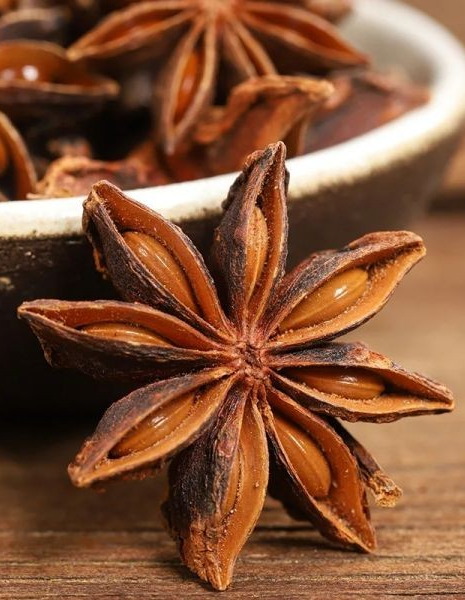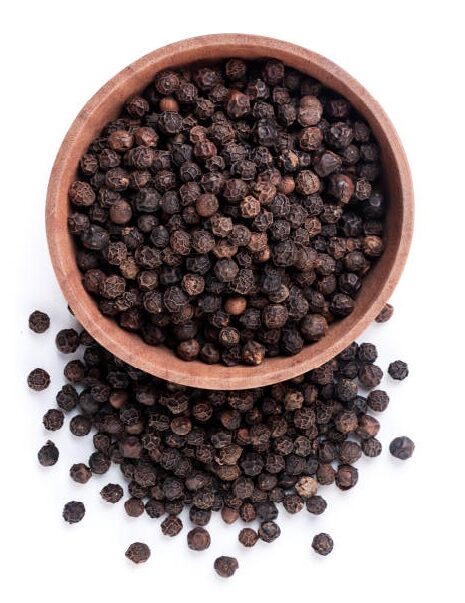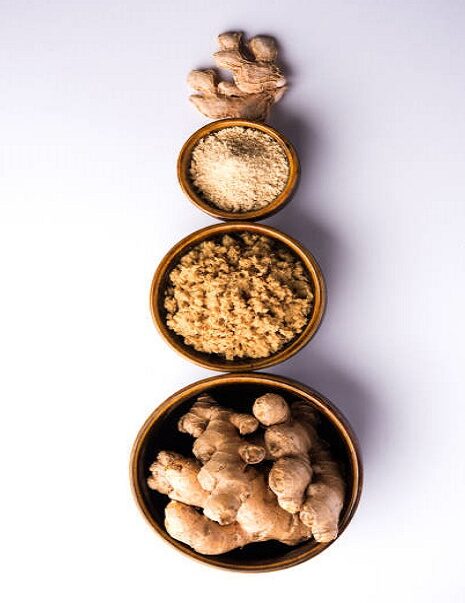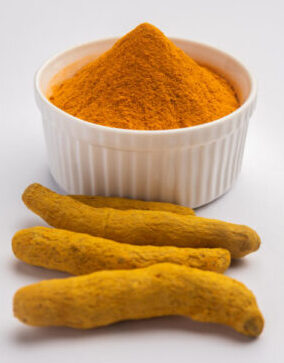Vietnamese Cassia – A Treasure of Flavour
 Vietnamese cassia, renowned for its intense aroma and robust flavor, holds a special place in the world of spices. Derived from the bark of Cinnamomum trees native to Vietnam, this variety of cassia cinnamon offers a unique sensory experience that enriches both culinary and cultural traditions.
Vietnamese cassia, renowned for its intense aroma and robust flavor, holds a special place in the world of spices. Derived from the bark of Cinnamomum trees native to Vietnam, this variety of cassia cinnamon offers a unique sensory experience that enriches both culinary and cultural traditions.
Origins and Cultivation
Vietnamese cassia, scientifically classified as Cinnamomum loureiroi, thrives in the mountainous regions of northern Vietnam. The trees, which can reach heights of up to 20 meters, produce bark that is harvested and processed into the cinnamon sticks known for their distinctive aroma and flavor.
Flavour Profile
What sets Vietnamese cassia apart is its unparalleled strength and sweetness. Unlike its counterparts, this cinnamon variety boasts a potent and warm flavor that adds depth to a wide range of dishes. Its rich, sweet aroma enhances everything from sweet treats like cinnamon rolls to savory dishes, imparting a unique and unforgettable taste.
Culinary Uses
In Vietnamese cuisine, cassia cinnamon is a cornerstone spice, used in both traditional and modern dishes. It finds its way into soups, marinades, sauces, and desserts, where its robust flavour profile shines through. In dishes like pho, a popular Vietnamese noodle soup, a touch of cassia cinnamon adds a subtle warmth and complexity to the broth, creating a harmonious blend of Flavors.
Aromatic Qualities
The aromatic qualities of Vietnamese cassia are unmistakable. Its sweet and spicy scent fills the kitchen as soon as it is added to a recipe, enticing cooks and diners alike. Whether used in powdered form or in its distinctive stick shape, the aroma of cassia cinnamon evokes a sense of comfort and warmth, making it a beloved spice in households and professional kitchens alike.
-
-
- WHOLE STICK CASSIA
- CIGARETTE / FINGER CASSIA
- TUBE CASSIA
- SPLIT CASSIA
- BROKEN CASSIA
-
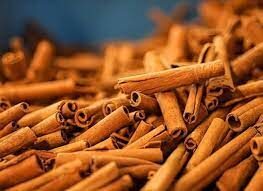 Cultural Significance
Cultural Significance
Beyond its culinary uses, Vietnamese cassia holds cultural significance in Vietnamese traditions. It is often used in rituals and ceremonies, symbolizing warmth, prosperity, and good fortune. Its presence in Vietnamese cuisine dates back centuries, with its flavors woven into the fabric of the country’s rich culinary heritage.
Harvesting and Processing
The process of harvesting and processing Vietnamese cassia is meticulous. After the bark is carefully peeled from the trees, it is dried and rolled into the characteristic tubular shapes. This careful handling preserves the cinnamon’s essential oils and ensures its potent flavor and aroma are retained.
Vietnamese cassia stands as a testament to Vietnam’s rich agricultural heritage and culinary expertise. Its intense flavor, coupled with its aromatic qualities, makes it a prized spice both locally and globally. Whether enjoyed in a steaming bowl of pho or a decadent cinnamon-infused dessert, Vietnamese cassia continues to captivate taste buds and inspire culinary creativity around the world.

